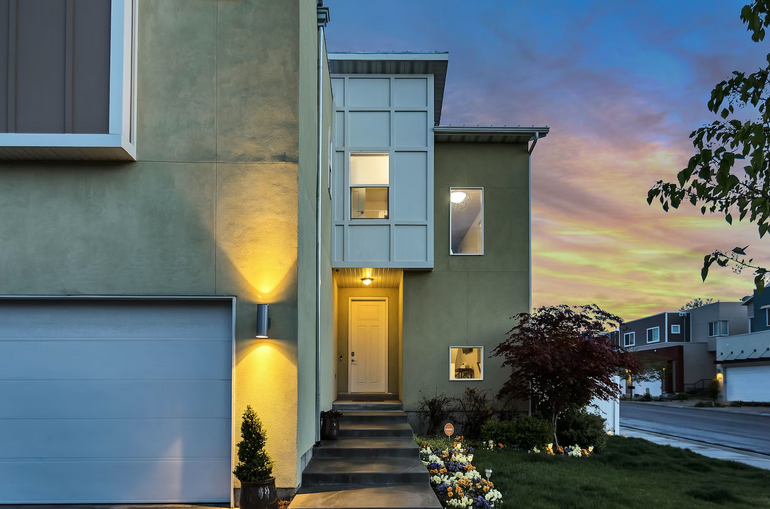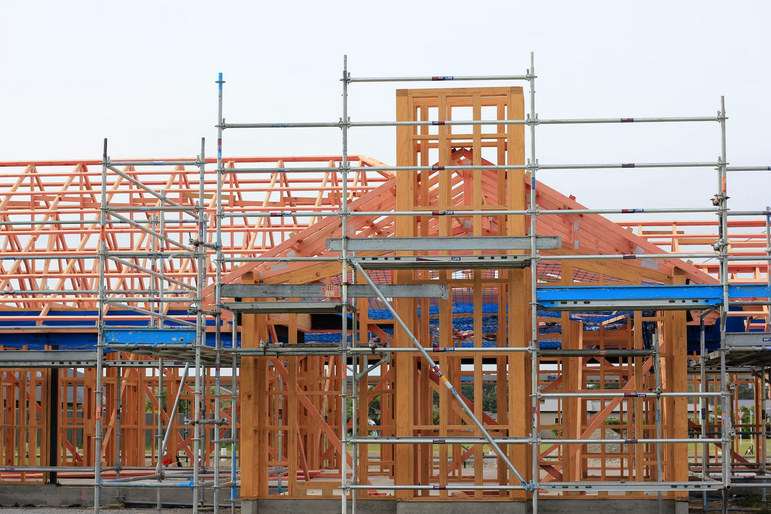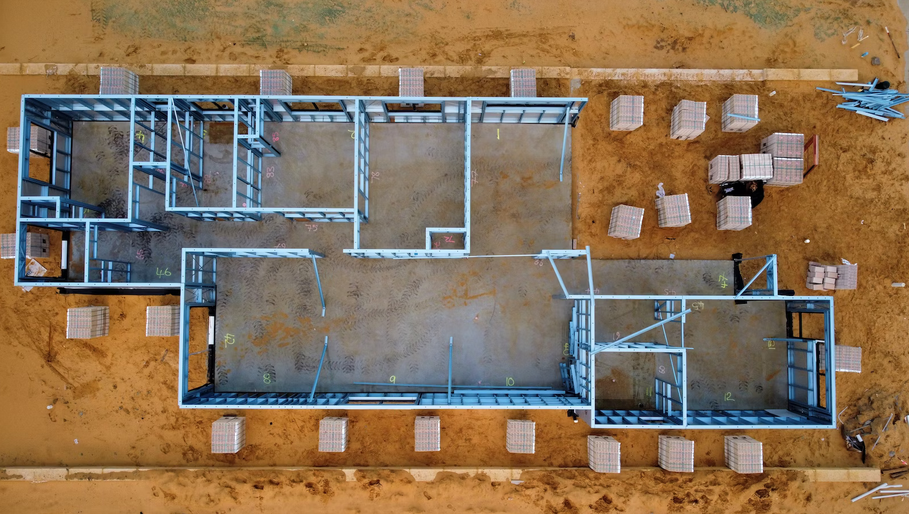
The housing industry is experiencing a revolution, and modular homes are at the forefront of this transformative movement. Prefabricated or prefab houses, as explained on PNP.de, are constructed in sections off-site or in a controlled manufacturing environment, and then transported to the building site for assembly. This innovative construction approach is reshaping the housing landscape, offering numerous advantages in terms of affordability, sustainability, efficiency, and design flexibility. In this article, we will explore how modular homes are changing the way we think about housing and revolutionizing the industry.
Affordability and Cost Savings
One of the key driving forces behind the popularity of modular homes is their affordability. Compared to traditional construction methods, modular homes can offer significant cost savings. The controlled factory setting allows for streamlined production, reduced labor costs, and bulk material purchasing, resulting in a more budget-friendly option for homeowners. Additionally, the shorter construction time and minimized disruption to the building site further contribute to overall cost savings.
Sustainability and Energy Efficiency

Modular homes are not just affordable; they also prioritize sustainability and energy efficiency. The precise manufacturing process used in prefabrication ensures minimal material wastage and optimized resource utilization. Furthermore, modular homes are designed to meet the highest energy efficiency standards, utilizing insulation, advanced ventilation systems, and energy-saving appliances. With sustainable materials, efficient systems, and the ability to incorporate renewable energy sources, modular homes offer environmentally conscious solutions that reduce the carbon footprint associated with housing.
Improved Construction Quality
Contrary to common misconceptions, modular homes are not built with subpar quality. The controlled factory environment ensures high construction standards and rigorous quality control measures. This precise manufacturing process eliminates errors, reduces risks associated with weather exposure, and minimizes issues related to on-site construction. By utilizing advanced technologies, modular homes are constructed with precision, resulting in structurally sound and durable dwellings.
Design Flexibility and Customization
Modular homes offer an abundance of design flexibility and customization options. While the modules are produced based on established designs, homeowners have the freedom to customize various aspects of the home, including floor plans, finishes, fixtures, and even architectural styles. The modular construction process allows for modifications and additions to be made easily, providing homeowners with a tailored living space that meets their specific needs and preferences.
Speedy Construction and Reduced Disruption

The accelerated construction timeline is another significant advantage of modular homes. Since the majority of the construction work takes place in the factory, modular homes can be completed in a fraction of the time it typically takes for traditional on-site construction. The controlled environment eliminates weather-related delays, while the parallel production of modules allows for efficient scheduling. This speedier construction process not only saves time but also reduces disruptions to the building site and the surrounding community.
The rise of modular homes marks a revolution in the housing industry, offering numerous advantages over traditional construction methods. In an era where efficiency, cost savings, and environmental consciousness are highly valued, modular homes provide a compelling solution that meets the demands of modern homeowners. As the prefab revolution continues to gain momentum, we expect to see a significant shift in the housing landscape towards modular construction, fostering a more sustainable, affordable, and customizable future for housing.
